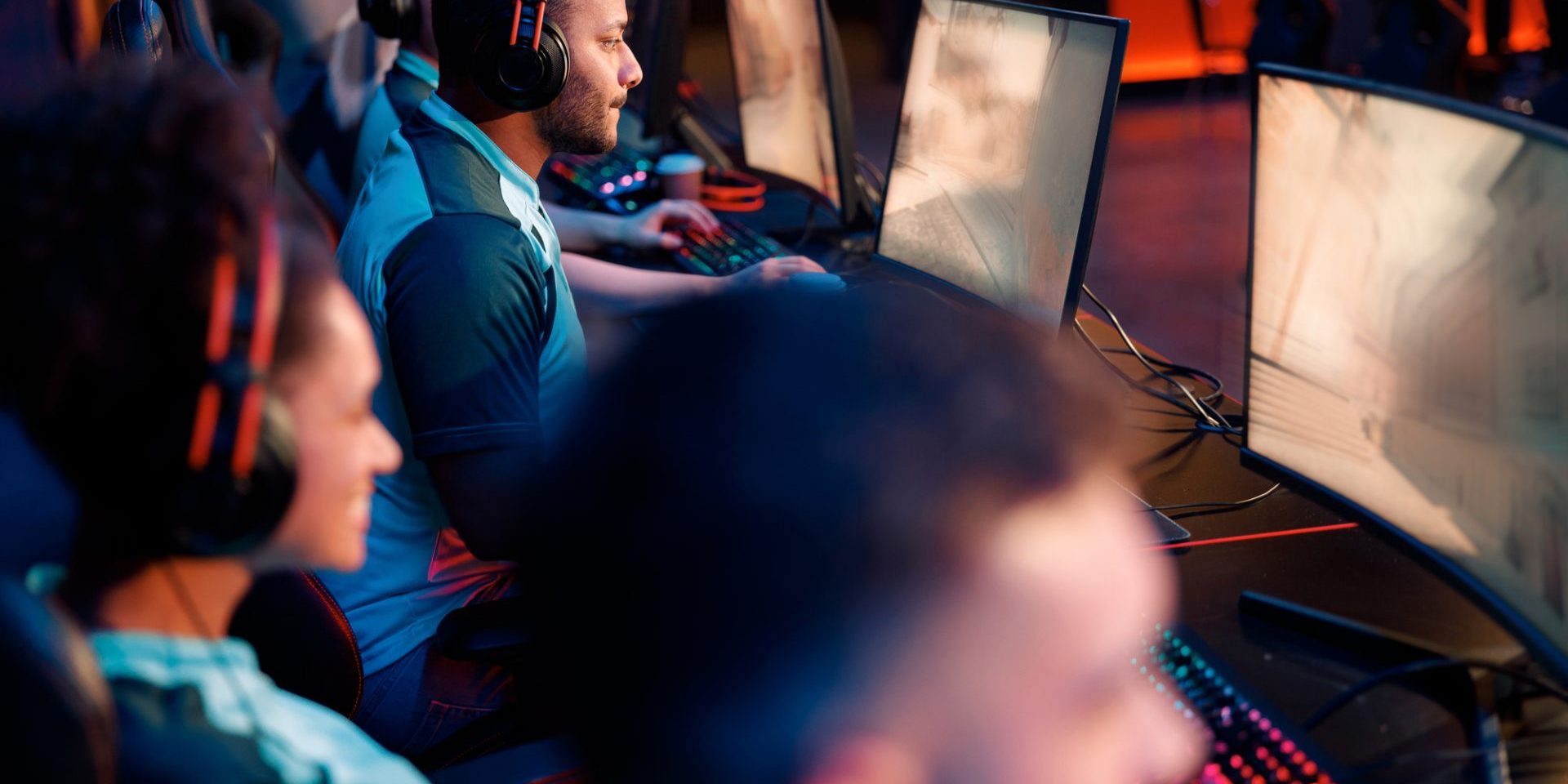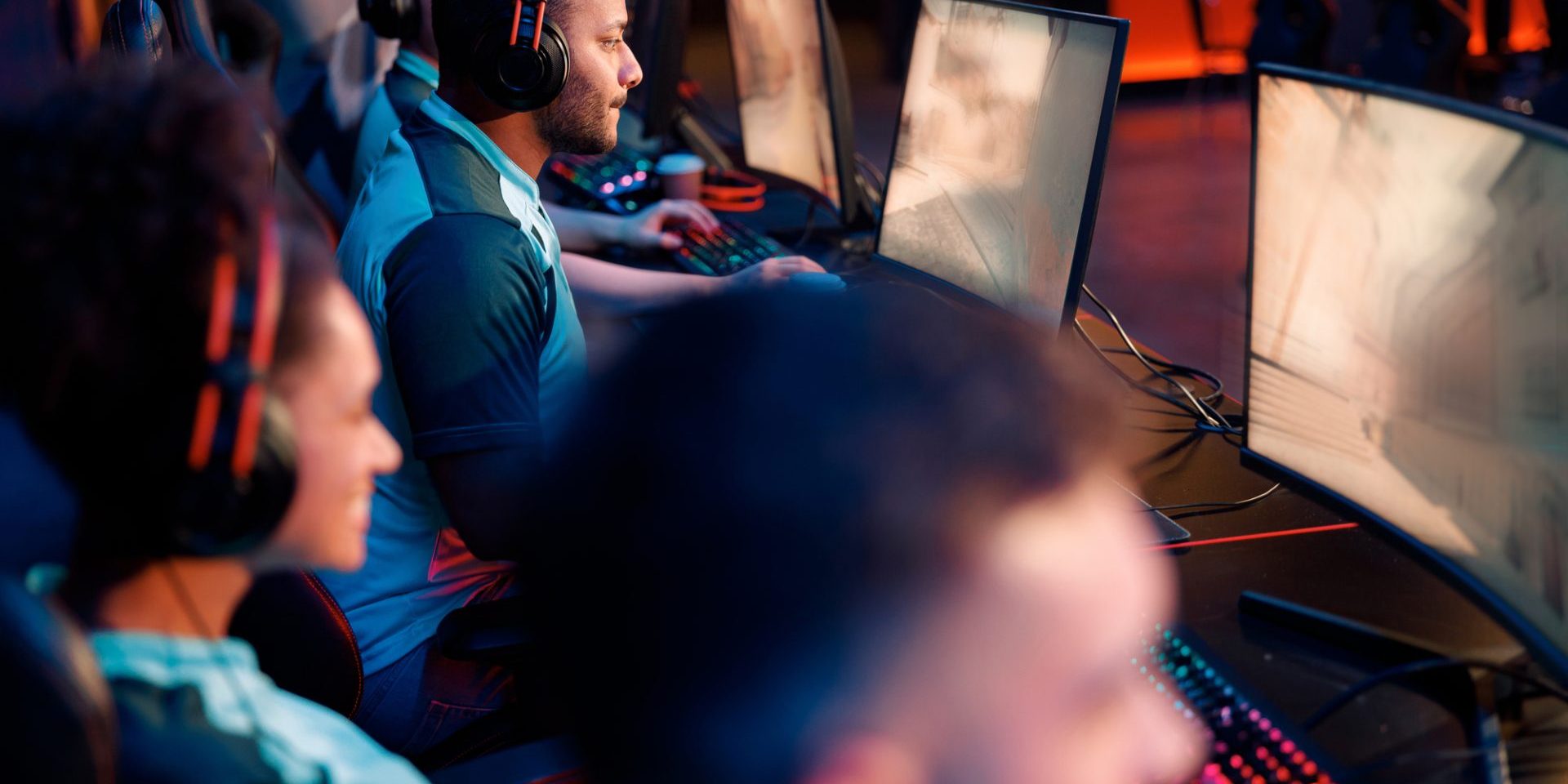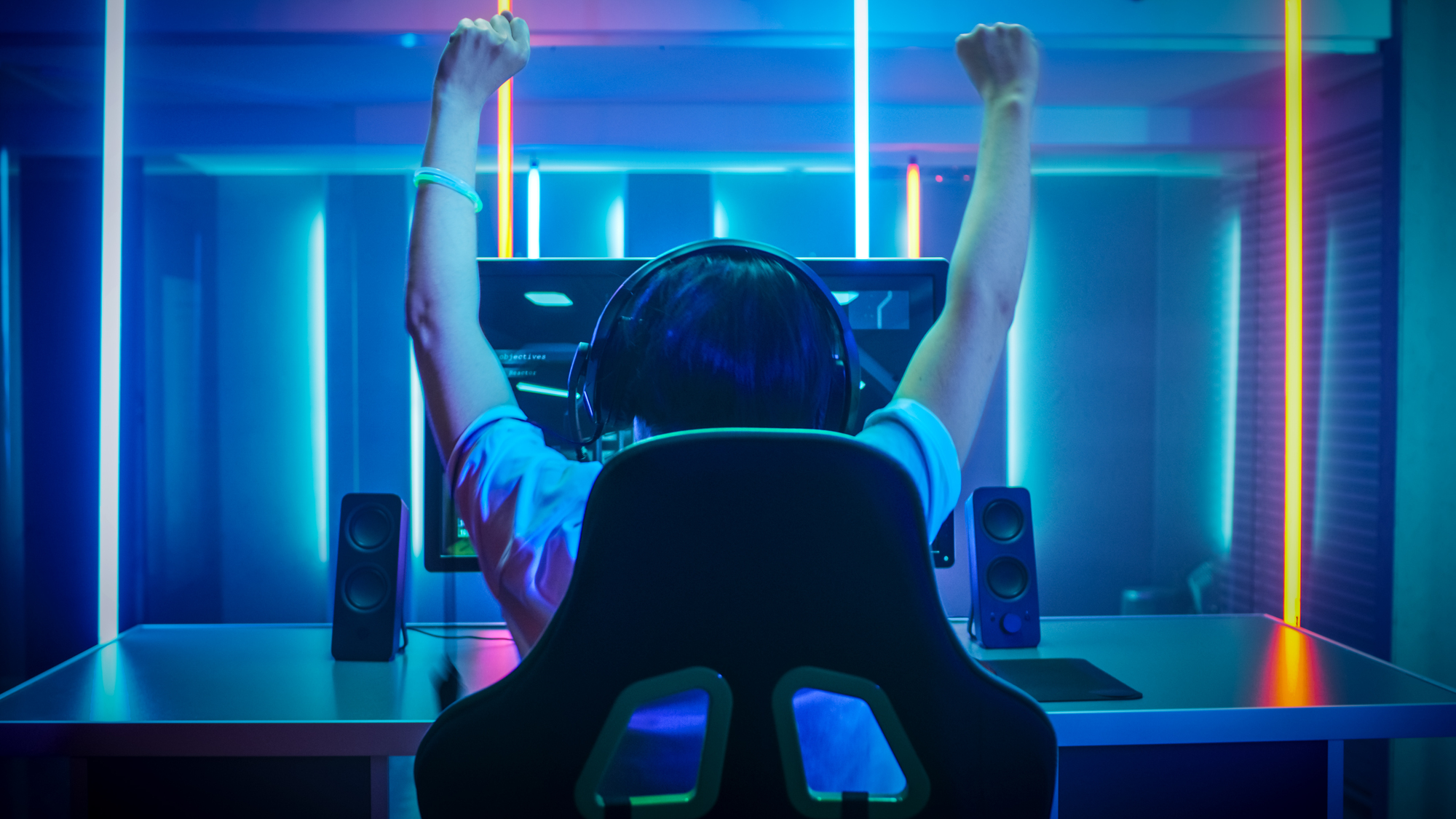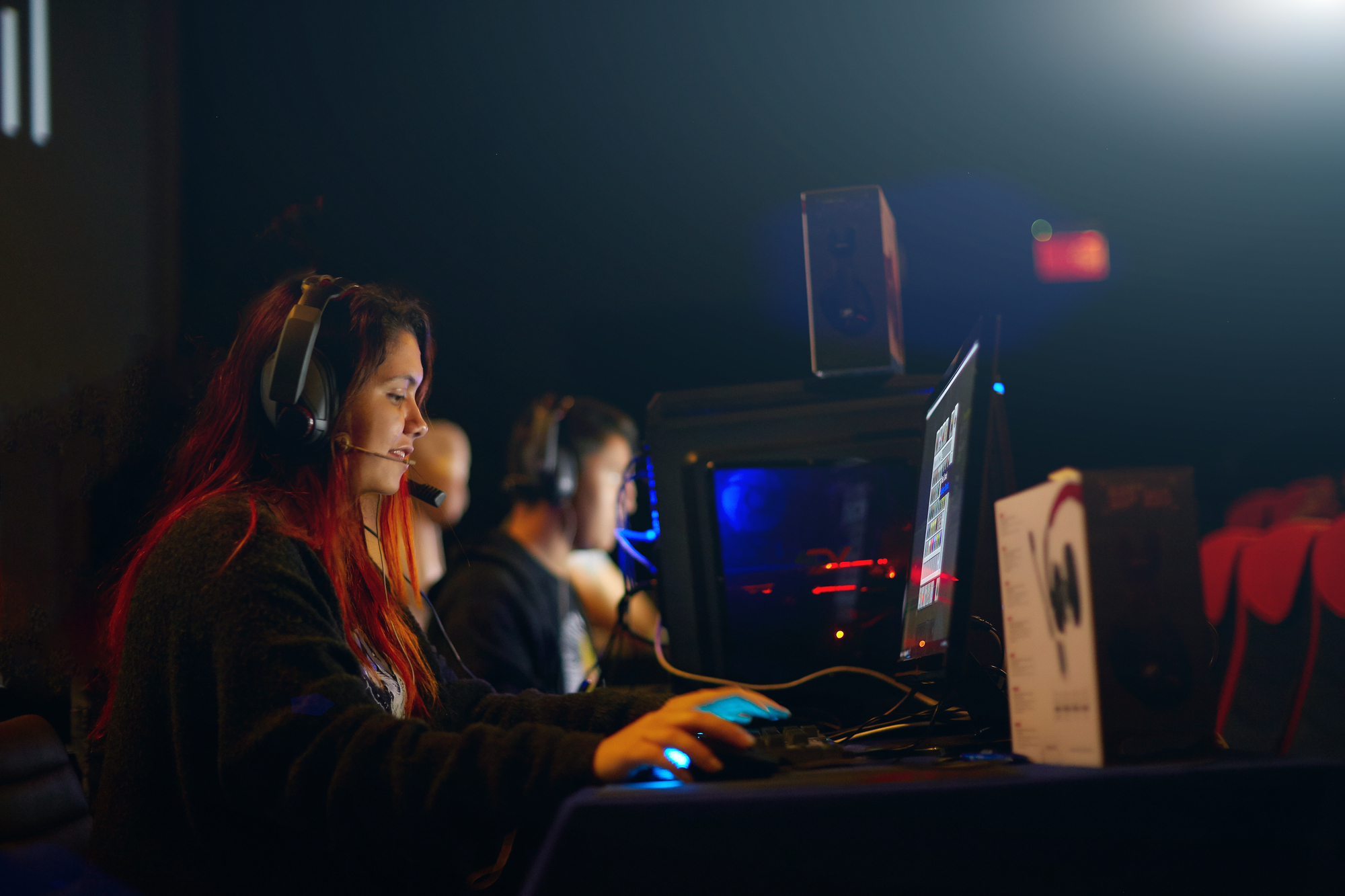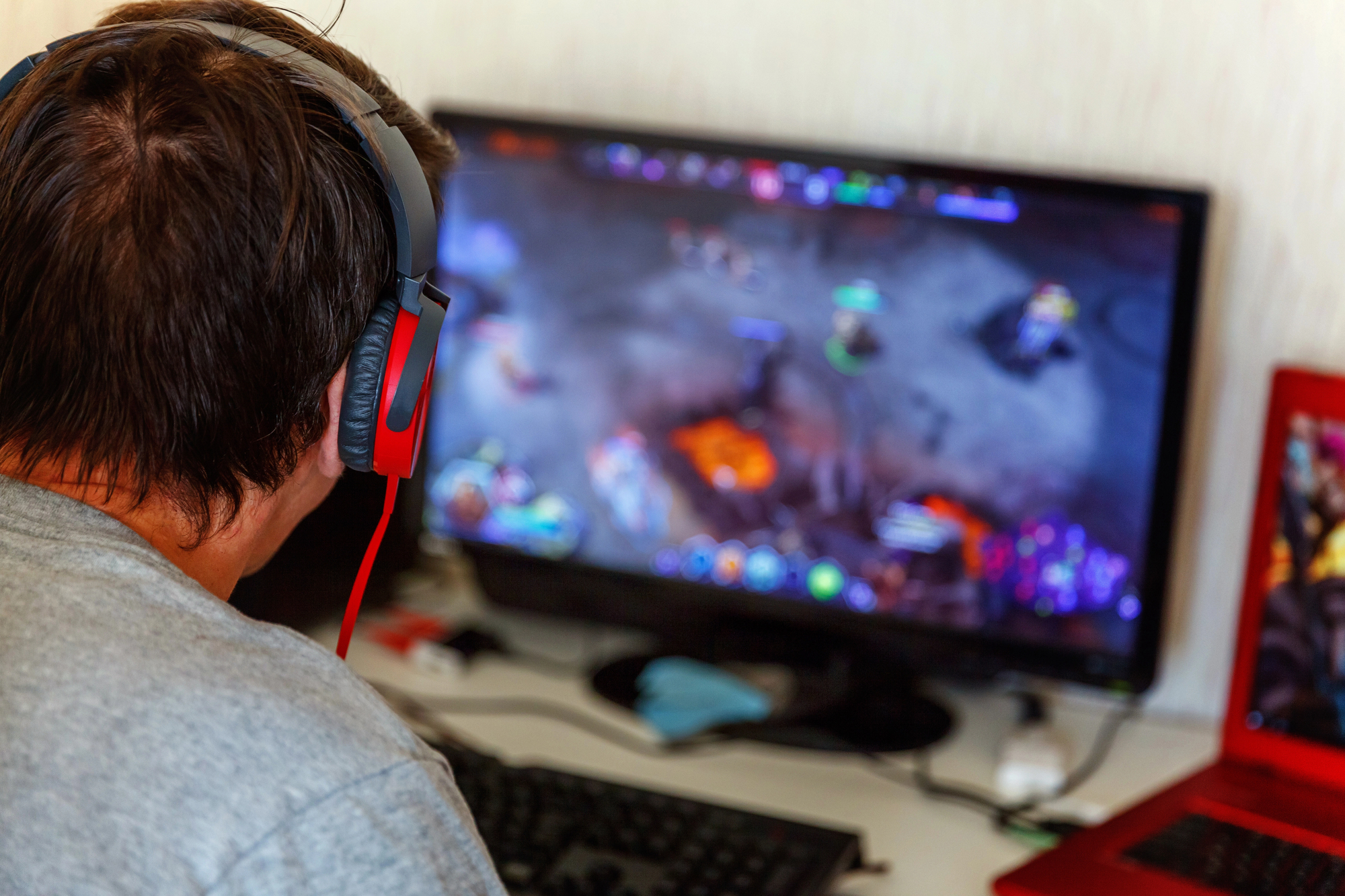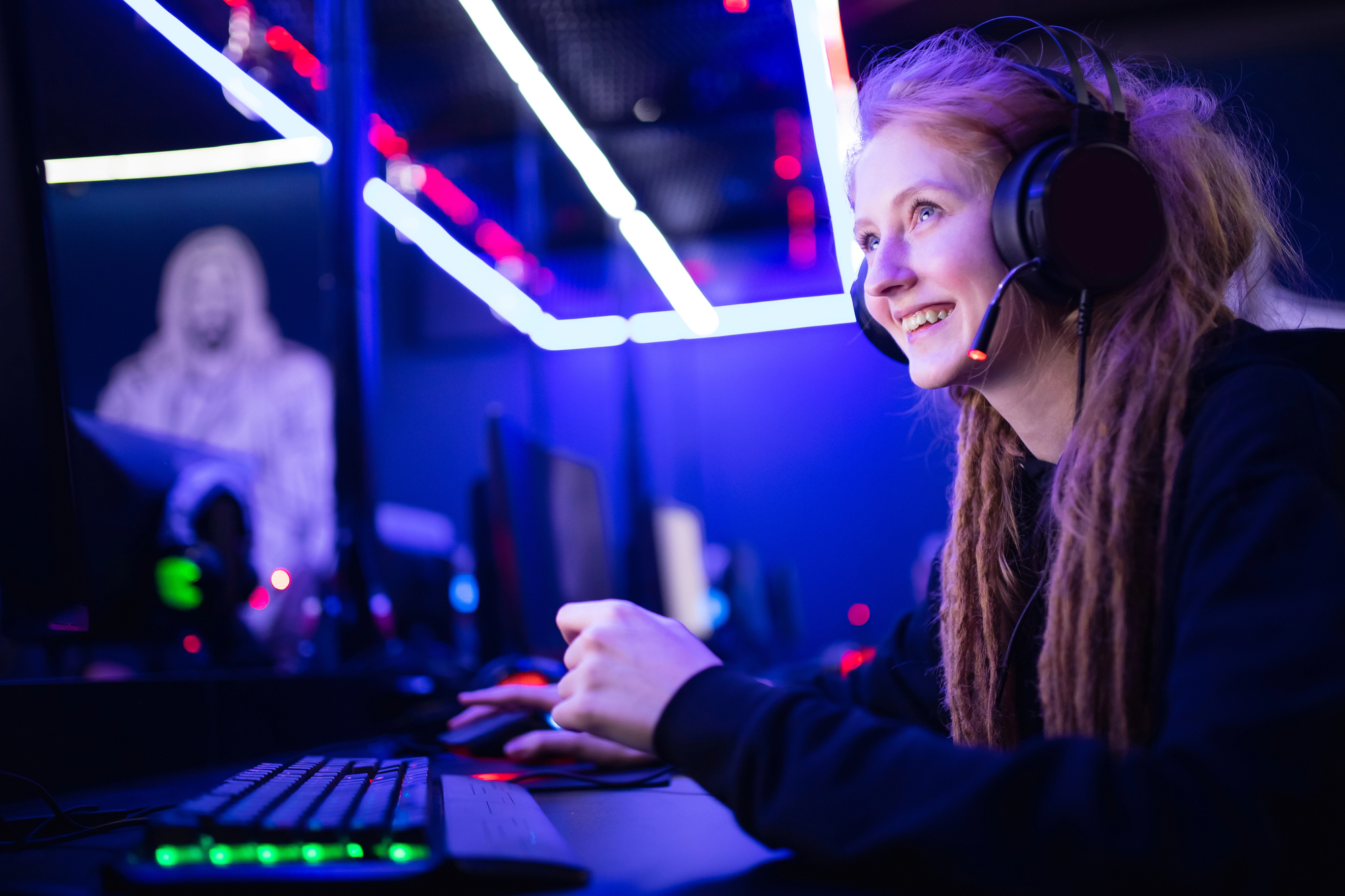Artificial intelligence is revolutionizing game development and design. AI technologies are enhancing various aspects of video game creation, from generating content to optimizing gameplay. These advancements are enabling developers to craft more dynamic and personalized gaming experiences.
AI tools are streamlining game design processes and opening up new creative possibilities. Machine learning algorithms can generate vast amounts of content, such as landscapes, characters, and quests. This allows designers to focus on refining and polishing game elements rather than starting from scratch. AI can also analyze player behavior and preferences to create adaptive gameplay that evolves based on individual actions.
The integration of AI in game development is transforming the gaming industry. It’s improving graphics, making non-player characters more lifelike, and enabling procedural generation of game worlds. As AI continues to advance, it promises to push the boundaries of what’s possible in video games, offering players increasingly immersive and engaging experiences.
The Role of AI in Game Design and Mechanics
AI technologies are reshaping game design and mechanics, introducing new possibilities for creativity and player engagement. These innovations span from generating unique game concepts to crafting dynamic environments that respond to player actions.
Elevating Creative Game Concepts
AI aids game designers in generating fresh ideas and concepts. Machine learning algorithms analyze existing games, player preferences, and market trends to suggest novel gameplay mechanics, story elements, and character designs. This AI-driven ideation process helps developers break away from conventional thinking and explore unexplored creative territories.
AI tools can also assist in rapid prototyping of game ideas. By quickly generating sample levels, character models, or dialogue options, designers can test and iterate on concepts more efficiently. This accelerates the creative process and allows for more experimental approaches to game design.
Enhancing Player Experience Through AI
AI systems improve player experiences by creating more responsive and adaptive gameplay. Dynamic difficulty adjustment uses AI to analyze player performance and adjust game challenges in real-time. This keeps players engaged by maintaining an optimal balance between challenge and skill level.
AI-powered non-playable characters (NPCs) exhibit more lifelike behaviors and interactions. These NPCs can learn from player actions, develop unique personalities, and make decisions based on complex environmental factors. This creates more immersive and believable game worlds.
Personalized content delivery is another area where AI excels. By analyzing player preferences and behaviors, AI systems can tailor in-game events, quests, and rewards to individual players. This level of customization enhances player satisfaction and increases long-term engagement.
Procedural Content Generation and Dynamic Environments
Procedural content generation (PCG) powered by AI allows for the creation of vast, diverse game worlds. AI algorithms can generate terrain, buildings, vegetation, and even entire levels, reducing development time and costs while providing players with unique experiences in each playthrough.
AI-driven PCG extends beyond visual elements to create dynamic narratives and quests. These systems can generate storylines, dialogue, and mission objectives that adapt to player choices and actions. This approach offers greater replayability and creates a sense of a living, evolving game world.
Environmental AI creates more responsive and interactive game spaces. Weather patterns, ecosystem behaviors, and NPC routines can all be managed by AI systems to create a sense of a living, breathing world. These dynamic environments react to player actions and time passage, adding depth and realism to the gaming experience.
AI-Driven Advances in Game Development
AI technologies are transforming game development processes, enhancing efficiency and enabling new creative possibilities. These advancements span automated testing, machine learning applications, and improved non-player character interactions.
Automated Playtesting and Development Efficiency
AI-powered automated playtesting tools significantly speed up game development cycles. These systems can simulate thousands of player interactions, identifying bugs and balance issues faster than human testers. Developers use AI to analyze player behavior patterns, helping fine-tune gameplay mechanics and difficulty curves.
AI assists in resource management by optimizing asset allocation and predicting potential bottlenecks in the development pipeline. This leads to more accurate project timelines and budget estimates.
Some studios employ AI to generate preliminary game content like level layouts or character designs, which designers can then refine. This approach accelerates the prototyping phase and allows creative teams to explore a wider range of concepts.
Machine Learning and Neural Networks in Game Dev
Deep neural networks are revolutionizing various aspects of game creation. These AI systems can generate realistic textures, animate characters, and even create entire 3D environments based on limited input data.
Machine learning algorithms improve procedural content generation, producing diverse and engaging game worlds that feel hand-crafted. This technology enables smaller teams to create expansive game universes with rich, varied content.
AI-driven physics simulations enhance realism in games, making character movements and environmental interactions more lifelike. Neural networks can also optimize game performance, dynamically adjusting graphics settings to maintain smooth framerates across different hardware configurations.
Natural Language Processing and NPC Behavior
Natural language processing (NLP) is elevating NPC interactions in games. Advanced NLP models allow for more dynamic and context-aware dialogue systems, creating NPCs that respond intelligently to player inputs and remember past conversations.
AI-powered behavior trees give NPCs more sophisticated decision-making capabilities. These systems enable characters to adapt their actions based on changing game states and player behaviors, resulting in more believable and challenging opponents.
Some games use NLP to generate quests and storylines on the fly, creating unique narrative experiences for each playthrough. This technology opens up possibilities for games with ever-changing content that keeps players engaged over long periods.
Storytelling and Content Personalization in Gaming
AI is transforming game narratives and player experiences through advanced storytelling techniques and personalized content.
The Evolution of Game Narrative with AI
Game narratives have progressed significantly with AI integration. Developers now use AI to create branching storylines that adapt to player choices. This results in more engaging and replayable experiences.
AI algorithms analyze player decisions and adjust the narrative in real-time. This creates a sense of agency and impact on the game world. Players feel their actions matter and shape the story’s outcome.
AI-powered narrative systems can generate dialogue, quests, and plot twists on the fly. This keeps the story fresh and unpredictable, even for repeat playthroughs.
AI-Driven Storytelling and Character Development
AI enhances character development by creating more realistic and responsive non-player characters (NPCs). These NPCs have improved dialogue systems and can react to player actions in contextually appropriate ways.
Generative AI models produce diverse character backstories, personality traits, and dialogue options. This adds depth and variety to the game world.
AI can also analyze player interactions with characters to adjust their behavior and relationships over time. This creates a more dynamic and believable social environment within the game.
Creating Personalized Gaming Experiences
AI enables games to adapt to individual player preferences and playstyles. This includes adjusting difficulty levels, recommending in-game content, and tailoring narrative elements to each player.
Machine learning algorithms track player behavior and performance to create customized challenges and rewards. This keeps players engaged by providing a balanced and satisfying experience.
AI can generate personalized quests, items, and environments based on a player’s history and preferences. This creates a sense of a living, responsive game world that caters to each individual.
The Impact of AI on Game Artwork and Visuals
AI is transforming game artwork and visuals, pushing the boundaries of what’s possible in digital entertainment. These technologies are changing how artists and designers create game assets and environments.
Innovations in 3D Game Art and Character Models
AI-powered tools are revolutionizing 3D modeling and character creation in video games. Artists can now generate complex 3D models and textures rapidly, speeding up production pipelines. Machine learning algorithms analyze vast datasets of images and 3D scans to create realistic character models with lifelike features and expressions.
Procedural generation techniques enhanced by AI produce diverse game environments and assets automatically. This allows smaller development teams to create expansive game worlds filled with varied content. AI also aids in animation, generating realistic character movements and facial expressions that add depth to storytelling and player immersion.
AI and the Future of Game Aesthetics
AI is reshaping game aesthetics by enabling new artistic styles and visual effects. Generative adversarial networks (GANs) can create unique art assets, textures, and environments that blend different artistic influences. This leads to fresh visual experiences that captivate players and set games apart in a crowded market.
Real-time AI rendering techniques are enhancing graphical fidelity and performance. These systems can upscale textures, improve lighting, and add realistic details on the fly, even on less powerful hardware. As AI continues to advance, we can expect more photorealistic graphics, dynamic environments that react to player actions, and art styles that adapt to individual preferences.

